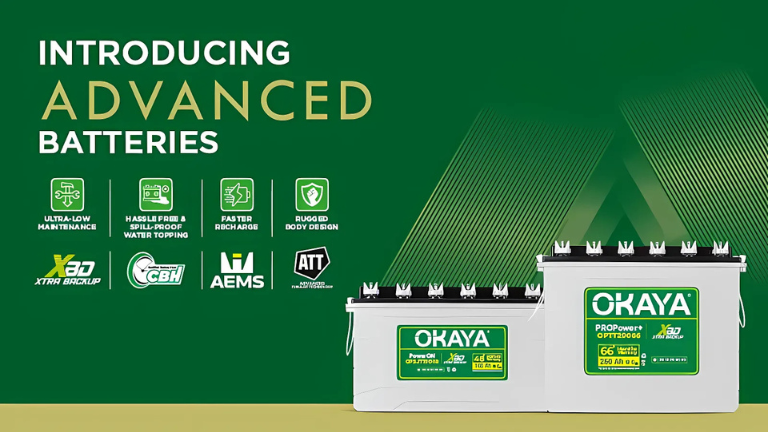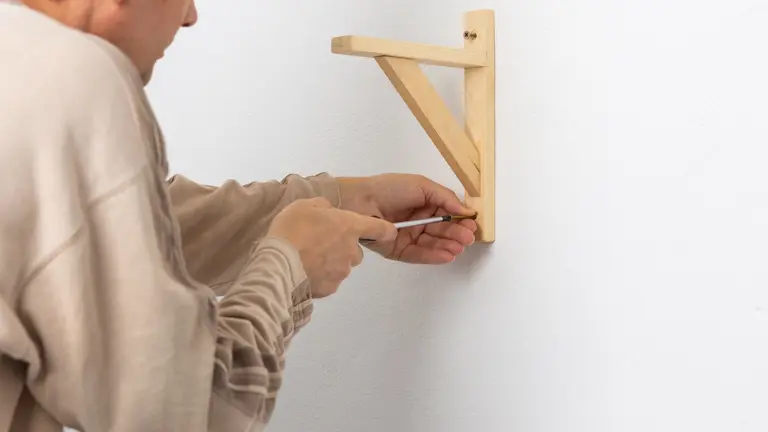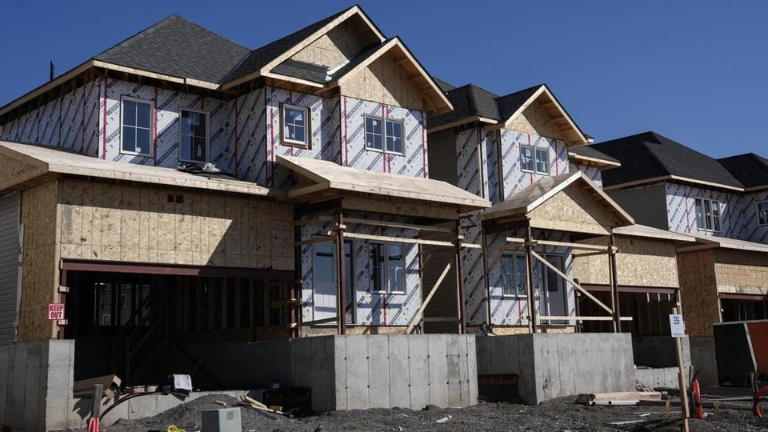Home Improvement Slowdown: Plans Face Setbacks Amid Rising Financial Pressures
As the days grow longer and temperatures begin to warm, many homeowners traditionally start planning home improvement projects for the spring and summer seasons. However, in 2025, the home improvement slowdown is becoming more apparent, making renovations far less promising than in previous years.
Major retailers Lowe’s and Home Depot have sounded the alarm, warning of a home improvement slowdown due to mounting financial pressures. The introduction of new tariffs this week, coupled with an uncertain economic outlook, has put many homeowners in a tough spot, forcing them to rethink or even abandon their renovation plans.
Recent data from CivicScience reveals key insights into how homeowners are adjusting their renovation plans, where they’re shifting their budgets, and how the industry may evolve to accommodate economic constraints.
Consumer Confidence in Home Renovations Declines
According to new CivicScience data collected through February 2025, there is growing hesitation among homeowners when it comes to major renovation projects. 51% of consumers now believe it is a bad time to make significant purchases—such as home improvements—due to economic instability.
This marks a three-percentage-point increase from January, signaling a downward trend in consumer confidence. However, there is a slight silver lining: 16% of consumers still believe now is a good time for home renovations—the highest level of optimism seen since September 2021.
The Impact of Economic Pressures on Homeowners’ Plans
Several key economic factors are contributing to the home improvement slowdown:
- Rising Interest Rates: Higher borrowing costs make financing home projects more expensive.
- Tariff Increases: Recent tariff hikes on construction materials could drive up renovation costs.
- Economic Uncertainty: Consumers are prioritizing savings over discretionary spending.
As a result, homeowners are becoming more selective, focusing on smaller, budget-friendly improvements rather than large-scale remodels.
Home Renovation Plans See a Significant Drop in 2025
Higher costs and economic uncertainty are discouraging homeowners from taking on renovation projects at the same rate as last year, leading to a home improvement slowdown.
📉 In 2025, only 55% of homeowners plan to undertake renovations, compared to 62% in 2024—a significant 7% drop.
📉 This trend could worsen as the impact of tariffs further increases material costs in the coming months.
Among those still planning renovations:
- 22% will go the DIY route, choosing to complete projects themselves.
- 18% will rely entirely on professional contractors, despite higher costs.
- 15% will take a hybrid approach, mixing DIY efforts with professional services.
This home improvement slowdown has also driven a DIY trend, as homeowners look to save on labor costs while still improving their living spaces.
How Much Are Homeowners Willing to Spend?
Budgeting is now a top concern, and many homeowners are setting lower spending limits for their projects, further fueling the home improvement slowdown.
💰 74% of homeowners plan to spend $10,000 or less on renovations this year.
💰 46% are budgeting under $5,000, showing a trend toward smaller, cost-effective projects.
💰 On the higher end, 13% plan to spend over $20,000, while just 4% will exceed $60,000.
Home Depot vs. Lowe’s: Who’s Spending More?
A closer look at spending habits reveals differences between Home Depot and Lowe’s customers during this home improvement slowdown:
- 47% of Home Depot shoppers plan to spend under $5,000, six percentage points higher than Lowe’s customers.
- Lowe’s customers are more likely to budget between $5,000-$10,000, suggesting they may focus on higher-end renovations.
These spending trends indicate that while home improvement isn’t disappearing, it is shifting toward lower-cost, necessity-driven projects—a clear sign of the home improvement slowdown.
More Homeowners Turning to Debt for Renovations
As home improvement costs rise, many consumers are turning to financing options to make their projects possible, further reflecting the home improvement slowdown.
💳 18% of homeowners planning renovations say they will take on debt to finance their projects.
💳 Of those, 37% expect to spend more than $10,000, making financing a critical factor in their decision-making.
Debt Trends by Retailer Preference
- 21% of Home Depot customers with renovation plans will take on debt—six percentage points higher than Lowe’s customers.
- 15% of Lowe’s customers will use credit or financing for their home improvement projects.
These figures suggest that Home Depot customers may be more comfortable with financing, while Lowe’s shoppers could be focusing more on cash-based budgeting amid the home improvement slowdown.
What Homeowners Are Prioritizing in 2025
With economic uncertainty, homeowners are prioritizing cost-effective projects that provide immediate value without breaking the bank.
🏡 Most Common Home Improvement Projects in 2025:
✅ Landscaping & Outdoor Enhancements – Affordable and boosts home value.
✅ Interior Painting – A budget-friendly way to refresh spaces.
✅ Flooring & Carpet Upgrades – Enhances aesthetics and comfort.
🚧 Least Common Renovation Projects:
❌ Pool, Hot Tub, or Spa Installations – Expensive and discretionary.
❌ Home Additions – Costly and requires permits.
❌ Basement & Attic Finishing – High labor and material costs.
Instead of investing in large-scale remodels, homeowners are focusing on simpler upgrades that improve functionality without excessive spending—a core aspect of the home improvement slowdown.
How the Home Improvement Industry Can Adapt?
Although the home improvement slowdown is evident, the market hasn’t come to a halt. Instead, consumers are becoming more strategic with their spending.
💡 Retailers and brands can adjust by:
✔ Promoting DIY-friendly solutions to attract cost-conscious customers.
✔ Offering flexible financing options to help consumers manage higher costs.
✔ Focusing on in-demand categories like painting, flooring, and landscaping.
By aligning with consumer needs and spending behaviors, home improvement companies can weather the economic storm and stay competitive despite the home improvement slowdown.
Final Thoughts: A Shifting Market, Not a Disappearing One
Economic pressures may be causing a home improvement slowdown, but they haven’t eliminated demand entirely. Instead, homeowners are adjusting—spending less, prioritizing DIY, and financing where necessary.
🏠 Key Takeaways:
✔ Fewer homeowners are planning renovations in 2025 compared to last year.
✔ Consumers are opting for smaller, budget-conscious projects over expensive remodels.
✔ Debt financing is becoming more common, especially among Home Depot shoppers.
✔ Retailers must focus on affordability, financing, and DIY solutions to capture market share.
Want to Reach High-Intent Home Improvement Buyers?
In today’s uncertain economic climate, understanding consumer behavior shifts is crucial. CivicScience data helps Fortune 500 companies gain a competitive edge by identifying emerging trends before they take off.
🔍 Learn how data-driven insights can help you stay ahead.





